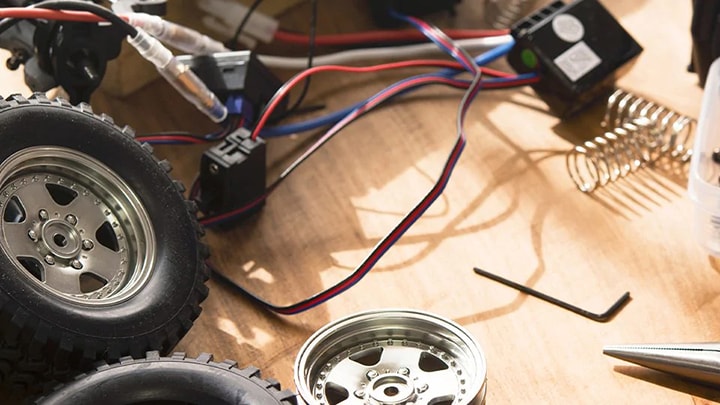A number of new meters are now equipped with
near field communication
(NFC), a contactless proximity technology that lets the meter interact with
other IoT-connected devices such as smartphones, tablets, in-home energy
displays, contactless prepaid cards, smart appliances and even electric
vehicles.

Added Value
NFC enables new kinds of communication and can also help lower cost, increase
efficiency and add new features. Here’s a quick look at some of the
benefits:
-
Low-cost payment solutions
NFC lets prepayment meters accept payments from contactless smartcards, such
as
MIFARE
and NFC-enabled devices, such as smartphones. Prepayment meters also support
the management of different tariff schemes and can send usage statistics
back to the grid via smart card or phone.
-
Improved supply chain
NFC supports track-and-trace functions to ensure the right parts are used in
the manufacturing process and can upload firmware at any point in the supply
chain for late-stage customization.
-
Fast, low-power user interactions
NFC’s fast pairing
saves power and when used to connect to a smartphone or tablet, enables a
better, more interactive user experience.
-
Customized access
NFC can grant or limit access to certain people, for customized operations.
Consumers can be authorized to view data directly, or a third party can be
set up to manage readings and customer communication.
-
Post-deployment service and maintenance
NFC lets the meter
speak for itself by communicating maintenance due dates, sending service
phone numbers and maintenance registers or sharing usage tips. Maintenance
personnel can also use NFC to load firmware updates or view error logs.
IoT Connectivity and Security
When meters are connected to the IoT, there can be concerns about security.
Unless the system is properly secured, NFC can make it possible for people to
manipulate, sabotage or misuse the meter. It’s been shown, for example,
that the secret keys used to protect authentication can be extracted simply by
analyzing power consumption on the supply cables. Similarly, the fact that NFC
supports software upgrades makes meters more flexible but also susceptible to
malware. Hackers can, potentially, use malware to have the meter (or any
gateway it connects to) perform unwanted functions or behave in unintended
ways, such as a Trojan horse that can compromise the entire network.
Hardware-based Security is the Answer
Fortunately though, there are effective ways to reduce these risks and
minimize vulnerability. The best approach is to equip NFC-enabled meters with
strong authentication technologies that use tamper-resistant, hardware-based
security components.
Software-only solutions simply aren’t enough. For truly secure
authentication, the cryptographic keys and their associated cryptographic
processing functions need to be isolated from software and need to be
protected by state-of-the-art, tamper-resistant hardware techniques that
guarantee integrity and confidentiality at all times, whether the meter is
actively in use or at rest.
Hardware-based security functions are typically performed by a dedicated
device, separate from the NFC circuitry. The meter can, for example, integrate
an
NXP A-series security IC, or use a secure access module (SAM) such as the
MIFARE SAM AV2. Either way, the meter is equipped with a proven architecture that creates a
root of trust for a solution that is both secure and flexible. As a result,
utility companies and consumers can enjoy all the benefits of NFC in meters
without the worry.
Join the conversation
Have you used an NFC-enabled meter? What’s your view on the security of
present-day meters? How do you see the market for meters evolving in coming
years?
Related links
NXP MFRC630 high-performance NFC reader for MIFARE solution
MIFARE SAM AV2





